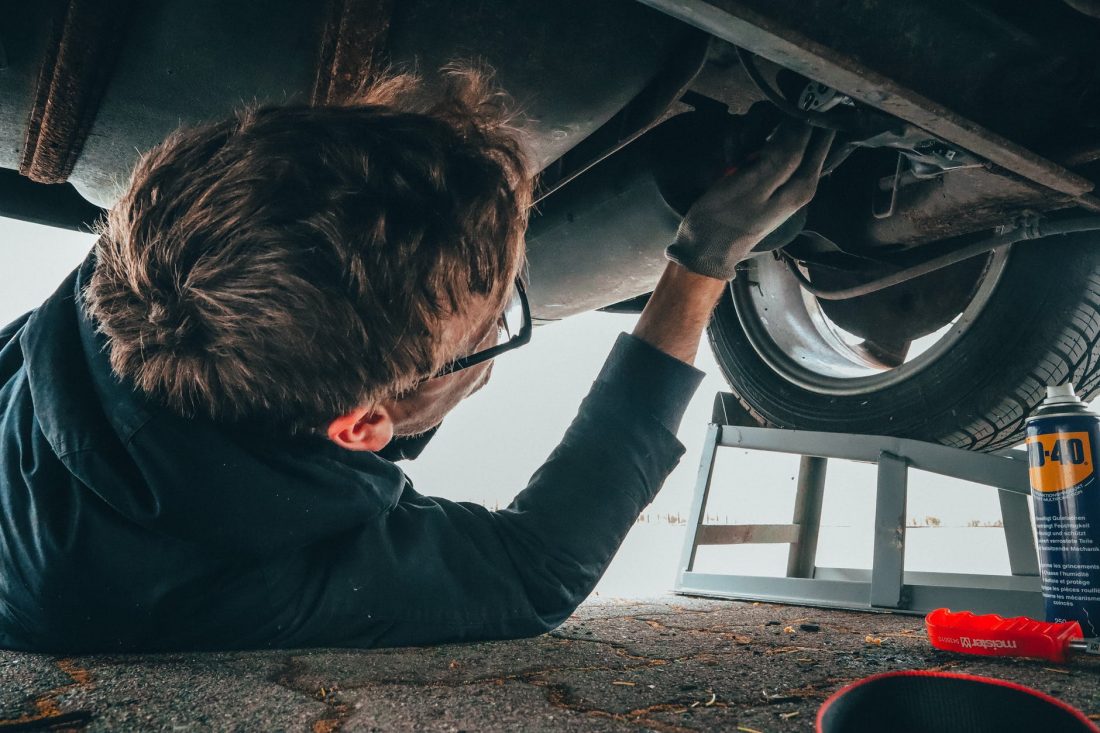Your vehicle’s catalytic converter is always silently at work cleaning its emissions. This complex part has helped our nation’s air quality improve over the last four decades. But what happens when this unit develops a clog? Knowing the symptoms of failure is key to diagnosing and fixing the problem. This helpful guide explains what to watch for and how to get your unit working normally.
How To Diagnose a Clogged Catalytic Converter
Understanding how catalytic converters work can help you fix serious problems like clogs. These units have four key parts: a metal box, an intake pipe, an exit pipe and a honeycomb-like interior coated in catalyst. The intake pipe brings in exhaust from the engine to the catalysts. The exhaust then breaks down into safer gasses. Carbon monoxide becomes carbon dioxide, while nitrogen oxides split into nitrogen and oxygen. After this conversion completes, the cleaner emissions leave through the exit pipe and out of the vehicle.
This process seems deceptively simple. And it is – until something goes wrong. Clogs are the most common problems, and they produce some noticeable symptoms:
Problems starting the vehicle
Poor fuel economy
“Check engine” light on
Failed emissions tests
Reduced acceleration
Clogged converters can result from several causes. Extremely bumpy roads may break the internal ceramic honeycomb. These broken pieces can clog the unit. Antifreeze and oil leaks may enter your exhaust system, turning into thick smoke and soot. If you regularly drive only short distances, your converter may not get hot enough to burn off hydrocarbons.
Effective Ways To Unclog a Catalytic Converter
A clogged catalytic converter makes it difficult to drive your vehicle. Fortunately, you may be able to fix the problem. But that depends on the severity of the clog. If your engine does not start at all, you should replace the converter. Depending on your vehicle, your catalytic converter price ranges between $950 and $2,500. But DIY replacement can cost a fraction of that. If you’re experienced and confident with these repairs, you can perform them yourself. Otherwise, find a trusted auto mechanic.
For less severe clogs, catalytic converter cleaners may work. Some clogs are removable without taking out the converter. Usually, this involves pouring the cleaner into your fuel tank and adding fuel afterward. You then start the vehicle and drive it around. During your drive, the cleaner travels through your exhaust system and into the converter. You should carefully read and follow the instructions included with any cleaner you buy.
Other clogs are more difficult to get out. These may require temporary removal of the converter. After removing it, you’d clean the converter by hand and use a degreaser plus pressure washing. You will need proper tools and some time to complete this task.
Replacing a Faulty Catalytic Converter
If all else fails, you will probably need to swap your converter for a new one. Reliable auto parts dealers carry direct replacement units for your specific make and model. Many also offer VIN lookup tools to help you find the right unit for your vehicle. Choose a reputable dealer and comparison shop before you buy.
